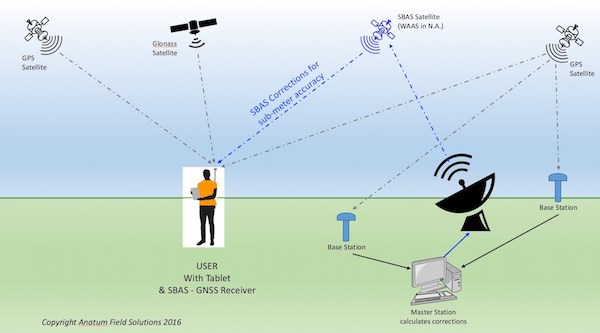In today’s rapidly evolving technological landscape, precision and real-time data are paramount. One technology that stands out for delivering centimeter-level accuracy in positioning is RTK GPS. When combined with the Internet of Things (IoT), rtk gps opens up transformative possibilities across various industries. This article explores the fundamentals of RTK GPS and its seamless integration with IoT devices, highlighting the benefits and practical applications.
What is RTK GPS?
RTK, or Real-Time Kinematic GPS, is a satellite navigation technique that enhances the accuracy of position data derived from standard GPS signals. Unlike traditional GPS, which can have errors up to several meters, RTK GPS uses a fixed base station to provide correction data to mobile receivers, reducing positioning errors to just a few centimeters.
This ultra-high accuracy makes RTK GPS ideal for applications requiring precise location data, such as surveying, agriculture, autonomous vehicles, and construction.
The Role of IoT Devices in Modern Technology
IoT devices are embedded with sensors, software, and network connectivity, allowing them to collect and exchange data in real time. From smart cities and agriculture to logistics and healthcare, IoT devices facilitate intelligent decision-making by providing up-to-date information.
By integrating location data with other sensor inputs, IoT devices enable a holistic understanding of environments and processes, driving efficiency and innovation.
Integration of RTK GPS with IoT Devices
The integration of RTK GPS and IoT devices creates a powerful synergy. High-precision location data from RTK GPS can be fed into IoT systems to enhance situational awareness and automate operations more effectively.
For example, in precision agriculture, IoT sensors monitor soil moisture, temperature, and crop health, while RTK GPS provides exact positioning to guide planting, irrigation, and harvesting equipment. This combination maximizes crop yields and minimizes resource waste.
In autonomous vehicles, RTK GPS delivers pinpoint location accuracy, while IoT devices relay vehicle status, traffic conditions, and environmental factors. Together, they enable safer navigation and improved fleet management.
Benefits of Using RTK GPS with IoT Devices
- Enhanced Accuracy: RTK GPS offers centimeter-level accuracy, crucial for applications demanding precision.
- Real-Time Data: IoT devices facilitate immediate data exchange, allowing for swift responses to dynamic conditions.
- Improved Automation: Accurate positioning combined with sensor data helps automate complex tasks with minimal human intervention.
- Cost Efficiency: By optimizing resource use and reducing errors, this integration can lead to significant cost savings.
Challenges and Future Outlook
While the combination of RTK GPS and IoT devices is promising, challenges such as connectivity issues, high power consumption, and data management need to be addressed. However, ongoing advancements in 5G, edge computing, and AI are expected to overcome these barriers.
As industries continue to adopt smart technologies, the integration of RTK GPS and IoT devices will become increasingly common, driving innovations in automation, safety, and operational efficiency.
Conclusion
The fusion of RTK GPS and IoT devices represents a significant leap forward in precision and real-time decision-making capabilities. By harnessing the high accuracy of RTK GPS and the connectivity of IoT, businesses and industries can unlock new levels of productivity and innovation. This powerful integration is shaping the future of smart technology applications worldwide.


